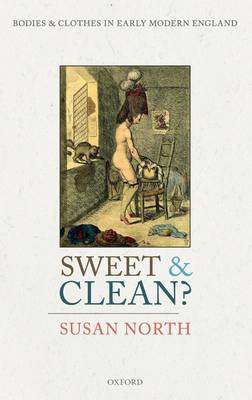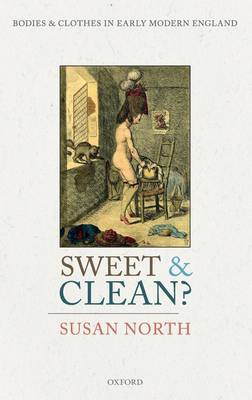
- Afhalen na 1 uur in een winkel met voorraad
- Gratis thuislevering in België vanaf € 30
- Ruim aanbod met 7 miljoen producten
- Afhalen na 1 uur in een winkel met voorraad
- Gratis thuislevering in België vanaf € 30
- Ruim aanbod met 7 miljoen producten
€ 217,95
+ 435 punten
Omschrijving
Sweet and Clean? challenges the widely held beliefs on bathing and cleanliness in the past. For over thirty years, the work of the French historian, George Vigarello, has been hugely influential on early modern European social history, describing an aversion to water and bathing, and the use of linen underwear as the sole cleaning agent for the body. However, these concepts do not apply to early modern England. Sweet and Clean? analyses etiquette and medical literature, revealing repeated recommendations to wash or bathe in order to clean the skin. Clean linen was essential for propriety but advice from medical experts was contradictory. Many doctors were convinced that it prevented the spread of contagious diseases, but others recommended flannel for undergarments, and a few thought changing a fever patient's linens was dangerous. The methodology of material culture helps determine if and how this advice was practiced. Evidence from inventories, household accounts and manuals, and surviving linen garments tracks underwear through its life-cycle of production, making, wearing, laundering, and final recycling. Although the material culture of washing bodies is much sparser, other sources, such as the Old Bailey records, paint a more accurate picture of cleanliness in early modern England than has been previously described. The contrasting analyses of linen and bodies reveal what histories material culture best serves. Finally, what of the diseases-plague, smallpox, and typhus-that cleanliness of body and clothes were thought to prevent? Did following early modern medical advice protect people from these illnesses?
Specificaties
Betrokkenen
- Auteur(s):
- Uitgeverij:
Inhoud
- Aantal bladzijden:
- 356
- Taal:
- Engels
Eigenschappen
- Productcode (EAN):
- 9780198856139
- Verschijningsdatum:
- 19/05/2020
- Uitvoering:
- Hardcover
- Formaat:
- Genaaid
- Afmetingen:
- 157 mm x 236 mm
- Gewicht:
- 771 g

Alleen bij Standaard Boekhandel
+ 435 punten op je klantenkaart van Standaard Boekhandel
Beoordelingen
We publiceren alleen reviews die voldoen aan de voorwaarden voor reviews. Bekijk onze voorwaarden voor reviews.










